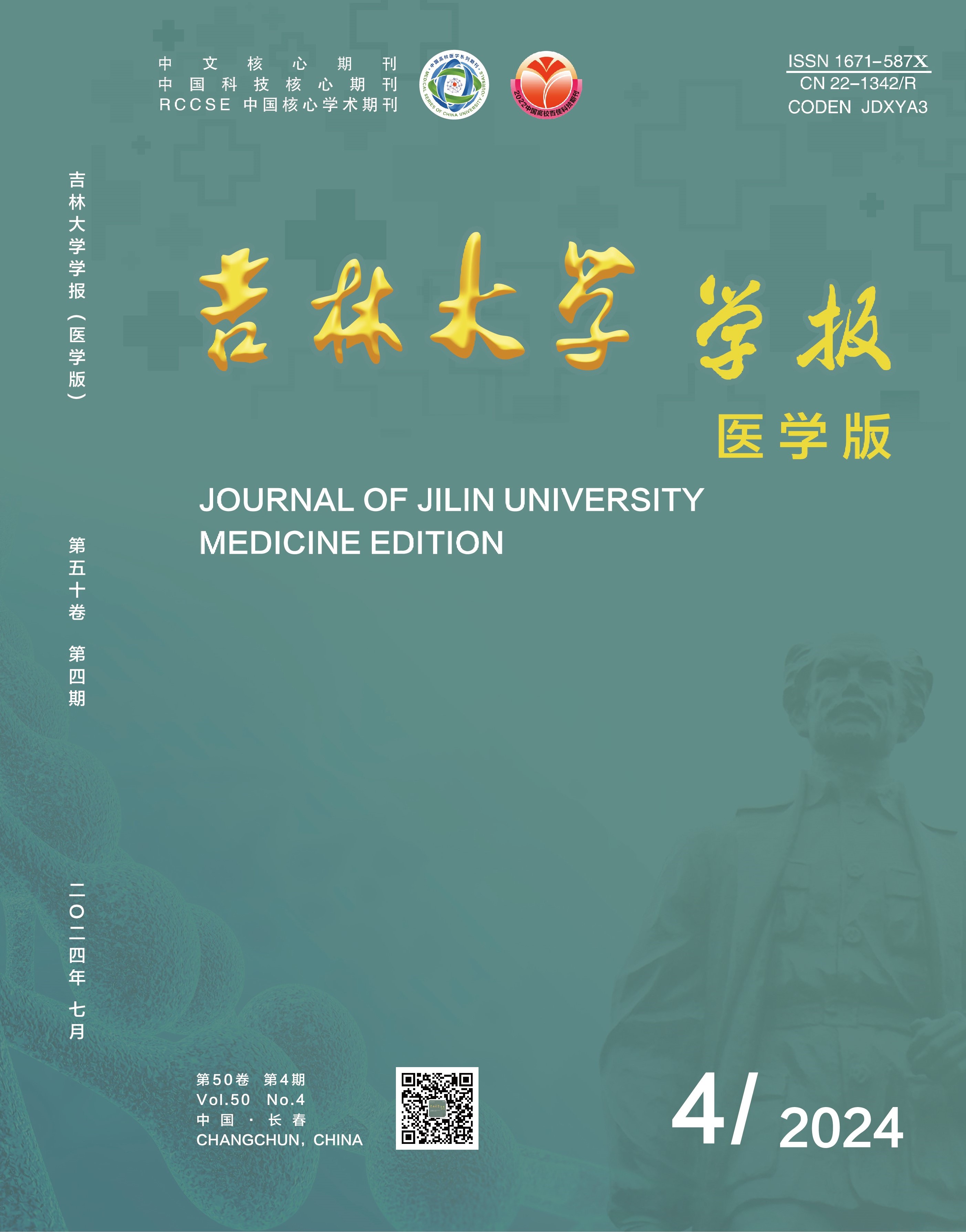Early start denver model (ESDM) is a comprehensive early intervention approach for the children with autism spectrum disorder (ASD) between 12-month-old-36-month-old. The model is built upon the theoretical foundations of applied behavior analysis, denver model (DM), and pivotal response treatment, and it is one of the naturalistic developmental behavioral interventions. Compared with the other early intervention methods, ESDM is not limited by the environment of intervention; it encompasses all the areas of development during teaching practice and has been widely adopted for the early intervention of the children with ASD, and achieves the satisfactory therapeutic effect. The ESDM typically uses an intensive one-on-one intervention approach, but variabilities have emerged in its practical application, such as group ESDM(G-ESDM), parent-implemented ESDM (P-ESDM), and peer-mediated ESDM. In particular,G-ESDM and P-ESDM have provided the learning opportunities for more families, showing a broad application prospect. This study reviews the theoretical foundations, teaching models, and the effects of various intervention modalities of the ESDM in the treatment of ASD; combined with the domestic and international research findings,this study offers a reference for further studies on the mechanism of ESDM intervention for ASD.

 Table of Content
Table of Content
 Guide to Authors
Guide to Authors


